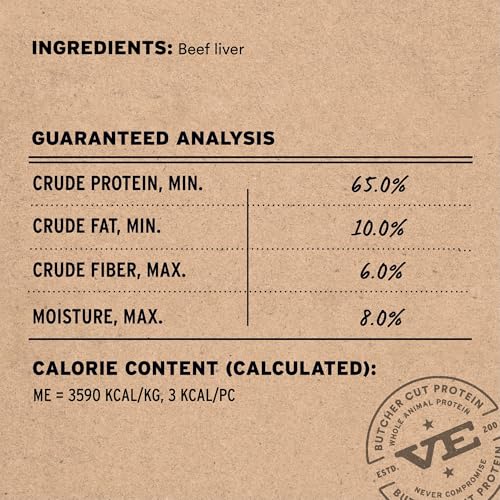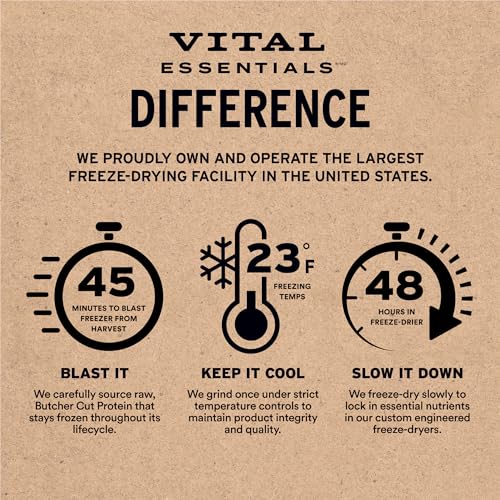Amazon Basics Dog Poop Bags with Dispenser, 300 Count, Enhanced for Guaranteed Leakproof, Unscented, Includes Leash Clip
$8.74 ($0.03 / count) (as of December 25, 2025 14:02 GMT +00:00 - More infoProduct prices and availability are accurate as of the date/time indicated and are subject to change. Any price and availability information displayed on [relevant Amazon Site(s), as applicable] at the time of purchase will apply to the purchase of this product.)Purina Pro Plan Complete Essentials Shredded Blend Chicken and Rice Dog Food Dry Formula with Probiotics for Dogs - 35 lb. Bag
$74.48 ($2.13 / lb) (as of December 25, 2025 14:02 GMT +00:00 - More infoProduct prices and availability are accurate as of the date/time indicated and are subject to change. Any price and availability information displayed on [relevant Amazon Site(s), as applicable] at the time of purchase will apply to the purchase of this product.)Anemia is a common disease where the victim suffers from a shortage of red blood cells for specific reasons. Anemia can occur due to bone marrow abnormality or an accident or trauma in which most red blood cells are lost.
What is anemia in dogs?
Yet, the same can occur in dogs, as they can also suffer from trauma or an accident, or their bone marrow can also be vulnerable to certain diseases so that they stop producing new red blood cells in the body.
Usually, the loss of red blood cells in a person or an animal like a dog is of two types: generative anemia and non-generative anemia.
In generative anemia, the victim’s bone marrow regenerates the blood cells, lasting three months. However, production is slow. Besides, in non-regenerative anemia, the bone marrow fails to rebuild the red blood cells, and the case is quite serious.
THUNDERSHIRT DOGS CLOTHING THUNDERSHIRT DOG ANXIETY JACKET
Check Latest Prices On AmazonWhat are the types of anemia in dogs?
Anemia in dogs can be of different types, including.
Hemolytic anemia:
In this type of anemia, your red blood cells can self-destruct or break down. Here, parasites, toxins, and hereditary ailments cause different types of anemia, including immune-mediated hemolytic anemia (IMHA), autoimmune hemolytic anemia (AIHA), or non-immune-mediated anemia.
Methemoglobinemia:
Exposure to toxins, including human drugs like benzocaine, ibuprofen, and acetaminophen, or genetic diseases that result in excessive blood-medicate hemoglobin.
Blood loss anemia:
Your dog can be vulnerable to this type of anemia if he loses blood in an accident or trauma. Red blood cell deficiency can occur after surgery or injury. Other reasons might be internal bleeding, ulcers, or cancer. It can be lethal for your dog if it remains untreated for a prolonged period.
Aplastic anemia:
Red blood cells are produced in this anemia, but at a meager rate, so they do not meet the body’s requirements. Toxic exposure (poisoning), renal diseases, bone marrow diseases, incorrect medication, and pulmonary chemotherapy are the causes of this anemia.
What are the other conditions that lead to anemia?
Some other conditions that lead to anemia include;
- Kidney disease
- Cancer
- Cushing’s disease
- Medications that disturb red blood cells.
- Infectious diseases
- Loss of blood due to parasites
- Chronic diseases
- Bone marrow diseases
- Poor nutrition
- Intestinal diseases
- Lyme diseases
How do you diagnose anemia in dogs?
To diagnose anemia in dogs, there are multiple tests that veterinarians can recommend. The most common are packed cell volume (PCV) and hematocrit (HCT).
In normal dogs, according to research, about 35 percent to 55 percent of the blood is composed of red blood cells. If the PCV report shows a fall in or a drop in RBCs to less than 30 percent, the dog is considered the victim of anemia. Hemoglobin and red blood cell counts are two other tests in this category.
How do you cure anemia in your dog?
To cure anemia in dogs, the prime approach should be to consult a well-reputed veterinarian. Always follow the diet chart recommended by the veterinarian, even if your dog has been cured.
As previously stated, your veterinarian will request specific tests in this regard, so take them seriously because you cannot diagnose anemia without them. These tests allow your vet to know your dog’s anemia seriousness. Other tests may include an iron deficiency test and your dog’s sugar level. A course of treatment might be suggested once the root cause of your dog’s anemia has been identified by diagnostic testing carried out by your veterinarian.
What would be good food if your dog becomes an anemia victim?
Your dog’s intake of fresh meals with iron can help increase the absorption of this crucial mineral. In addition to their usual meal,
- raw egg yolk (from organic or local eggs),
- green vegetables
- and beef liver
You can start by giving your dog canned sardines. The digestive system of your dog’s body can be helped by vitamin C to absorb iron. 500 to 2,000 milligrams of vitamins per day may be required, depending on the size of your dog.
Without first consulting, your veterinarian never starts your dog on a new diet, medication, or other therapy. Because the liver is a rich diet, ask your veterinarian how much your dog should eat to prevent diarrhea.
Some frequently asked questions.
Immune-mediated hemolytic anemia in dogs typically causes jaundice, fever, and maybe an enlarged spleen. They may have slow-moving, moderate symptoms with no outward indicators of discomfort, or they may suddenly experience acute crises.
Depending on the underlying reason, persistent anemia usually takes months to years to resolve. Older dogs with chronic anemia brought on by diabetes or renal disease may never fully recover and may continue to worsen over time.
Your doctor may advise consuming more red meat (such as beef or liver) and poultry, pig, fish, and shellfish to alleviate your anemia. Non-meat dishes
Final words:
Anemia in dogs is one of the leading causes of death in dogs. Yet, the disease is not incurable if diagnosed at the proper time. The precautions mentioned above and care can be helpful for you in this regard. I hope you find this article note worth it.

















